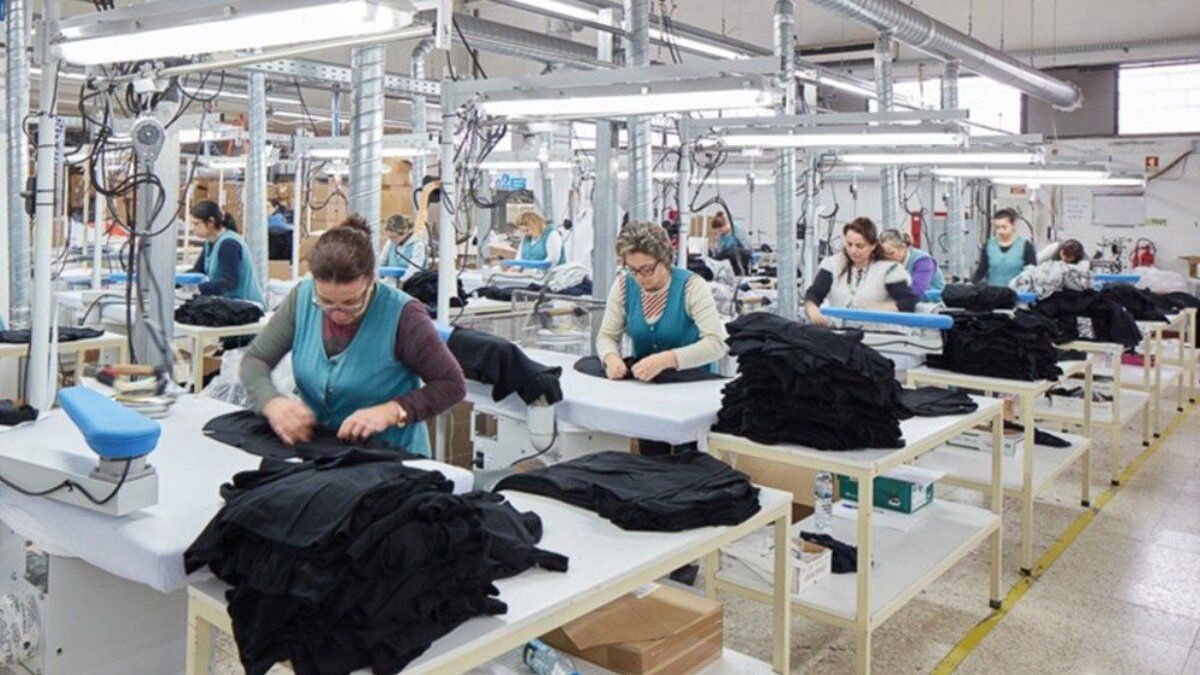“Production orders remained firm during the month, but companies had greater difficulties than usual to produce due to delays in deliveries of raw materials. In April, the industry did not have demand problems because the market was very dynamic, but yes, production problems due to the increase in prices and shortages of inputs,” the report highlighted.
Company expectations
62% of the SMEs consulted evaluated the current situation of their company as good or very good, 1.4 points above March. In turn, 61.0% of the companies in the sample worked with positive profits (vs. 61.5% in March). Regarding expectations, for the next 2 months, 10% of the industries expect their production to increase, 5% to decrease and 85% to remain unchanged.
Analysis by sector
The best performance in April was for the industrial branch linked to the Manufacture of metal products, machinery, equipment and transport material, with an annual increase of 11.6%. The worst happened in Wood and furniture with a new annual drop of 7.6%.
- Clothing and textiles: Production rose 4.3% annually in April and fell 9.3% in the monthly comparison. Winter clothing production orders remained firm throughout the month and the sector worked with 75.8% of its facilities, which are relatively high levels. The sector presented supply problems for some inputs, especially fabrics, threads and inks.
- Chemical and plastic products: production fell 2.5% annually in April and 14.4% monthly. The use of installed capacity was 70.5%, 2.9 percentage points below March. The companies in the sector consulted agreed that demand is becoming more uncertain. In turn, the activity has been having a complicated year due to the inflation in dollars of its inputs, which is affecting sales.
- Paper, cardboard, editing and printing. Production fell 0.9% annually in April and 0.9% monthly. But installed capacity usage rose 0.8 percentage point to 70.5%. For the publishing and printing subsector, there were active months due to the book fair, despite the fact that the move to digital has marked a trend of lower demand. Also the production of paper and cardboard moved well, especially in the sectors oriented to industry.
- Food and drinks: Production fell 0.2% annually in April and 5.5% monthly. Work was carried out with 68% of the installed capacity, 5.1 points less than in March. The sector encountered greater problems in transferring cost increases to prices because demand did not maintain the firmness of previous months. School demand, the return of events or face-to-face work, which are factors that have been driving demand in areas such as pasta factories, biscuits, bakery products, or beverages, were more sensitive to price increases in april and entrepreneurs had to absorb a part with their profitability.
- Metallic, machinery, equipment and transport material. Production rose 11.6% annually in April and 12.1% monthly. The sector is very active, driven by the increased investments being made by industry and agriculture. Public works is another element that helps the good timing of the activity. Likewise, the manufacturers consulted complain about the weekly increases in the prices of their supplies and the uncertainty in deliveries by suppliers. In April, 69.8% of the installed capacity was worked on, 0.9 percentage points above March. According to the companies consulted, the lack of inputs and specialized labor is what today prevents further increases in production, not the demand itself.
- Wood and Furniture. Production fell 7.1% annually in April and rose 6.9% monthly. The companies worked with 72.9% of their installations, 1 percentage point above March. The sector noted the difficulties in obtaining basic supplies such as glue or also the delays in the delivery of imported plates. In any case, demand was more active than in March and this contributed to improving the expectations of the sector.
628970793105e_706x422.png
Source: Ambito
David William is a talented author who has made a name for himself in the world of writing. He is a professional author who writes on a wide range of topics, from general interest to opinion news. David is currently working as a writer at 24 hours worlds where he brings his unique perspective and in-depth research to his articles, making them both informative and engaging.




